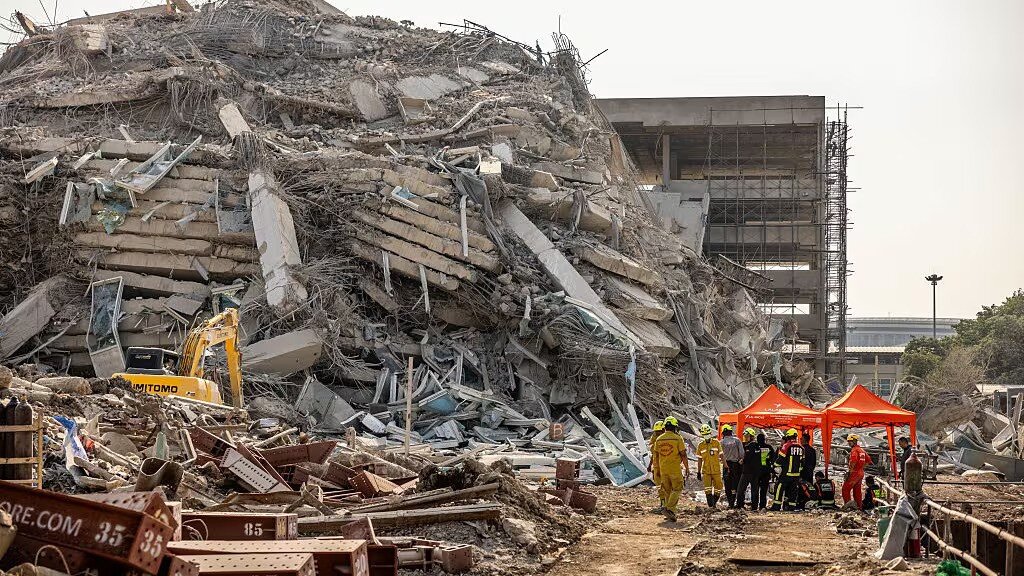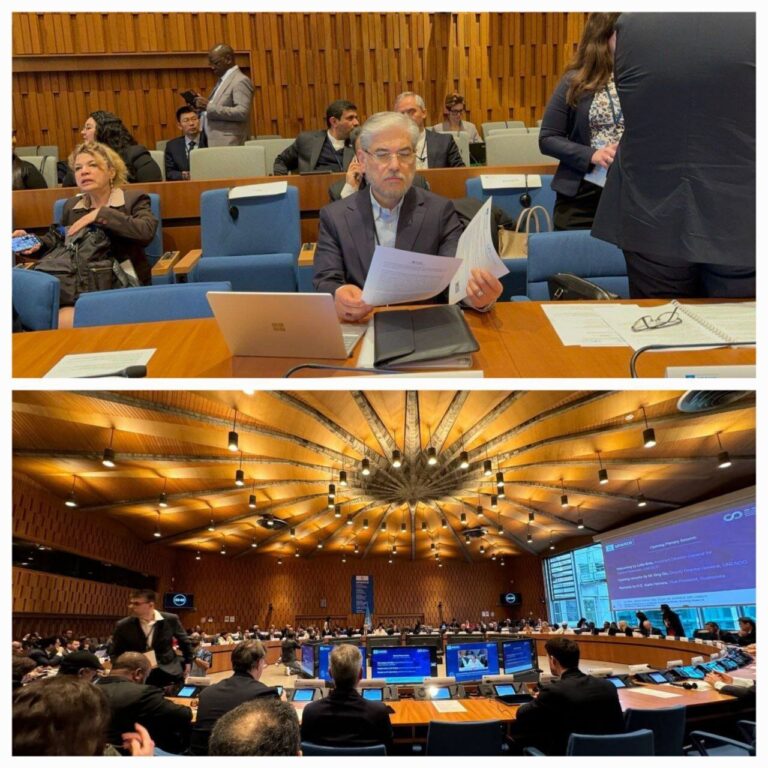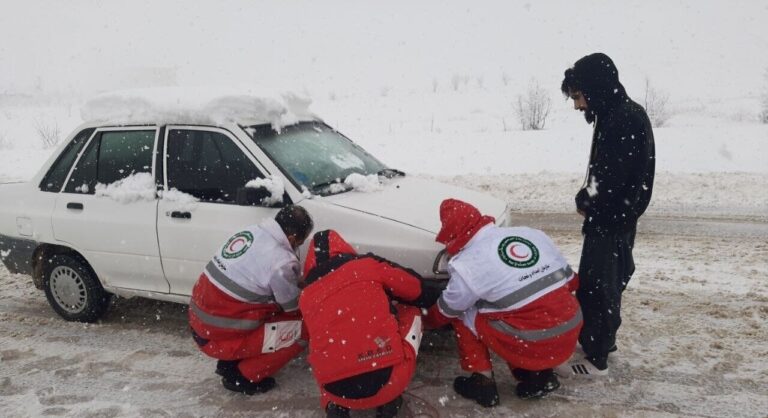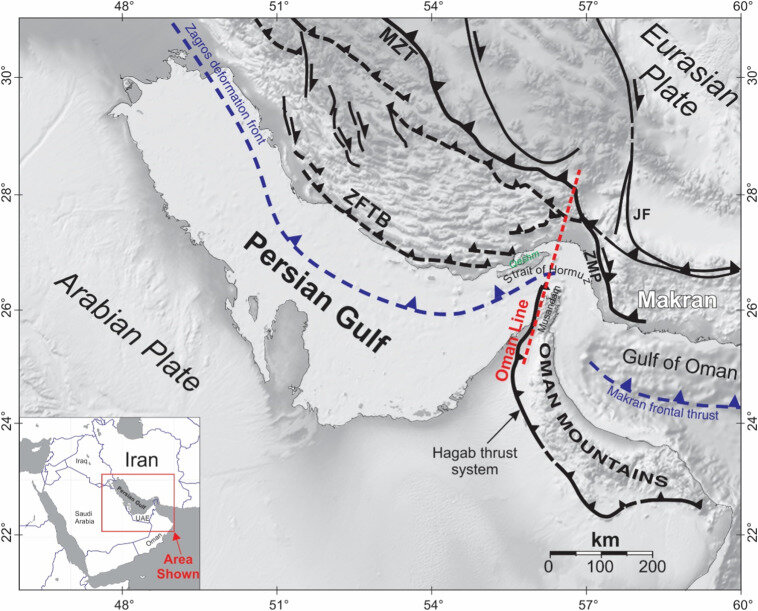Unraveling the Impact: How the March 28 Myanmar Earthquake Devastated South Asia
The recent Mw7.7 earthquake that struck near Mandalay, Myanmar, on March 28, 2025, has highlighted the seismic vulnerabilities of the region, particularly those associated with the Sagaing Fault. This fault has a history of significant seismic activity, and the latest event serves as a stark reminder of the potential for catastrophic earthquakes in areas with soft soil and inadequate building standards.
The Sagaing Fault, located near Mandalay, Myanmar, has a long history of destructive earthquakes. Key historical events include:
- In 1946, a magnitude 7.7 earthquake ruptured the northern part of the Sagaing Fault, causing extensive damage.
- A 1931 earthquake of magnitude 7.5 affected the southern segment near Yangon.
- The 1956 earthquake with a magnitude of 7.0 and the 2012 event of magnitude 6.9 impacted the central and southern sections of the fault.
The segmentation of the Sagaing Fault is significant. Studies indicate that the southern segments, particularly near Yangon, experience major earthquakes (M7+) every 100–150 years. In contrast, the central Meiktila segment, which ruptured on March 28, 2025, had a seismic gap of 260 km capable of generating earthquakes up to magnitude 7.9.
The fault exhibits a slip rate of 18–49 mm/year, which contributes to the stress accumulation leading to major seismic events typically occurring every 50–150 years depending on the fault’s location. The recent earthquake released stress that had built up since the last major rupture in 1839, which was estimated at a magnitude of 7.9.
Urban centers like Mandalay and Naypyidaw are particularly vulnerable due to their construction on soft soils, which are prone to liquefaction during severe shaking. The earthquake on March 28, 2025, not only caused destruction in Myanmar but also had effects as far away as Bangkok, Thailand, approximately 1,000 kilometers from the epicenter.
The earthquake occurred at 1:30 PM local time and was followed by a magnitude 6.4 aftershock just 11 minutes later. Initial estimates indicated that around 800,000 individuals in Myanmar experienced a strong tremor measuring 9 on the Richter scale, while Bangkok felt a moderate tremor registering between 5 and 6 on the scale. However, due to local geological conditions, the impact in Bangkok was exacerbated, resulting in significant shaking.
Notably, the earthquake’s rupture mechanism was classified as a “supershear” event, where the rupture velocity exceeded the speed of seismic waves. This led to prolonged shaking and directed additional energy toward Bangkok. The effects of such movement can severely impact tall buildings, causing a “whiplash” effect that was evident in the aftermath of the earthquake.
Several key factors contributed to the extensive damage observed in Bangkok:
- The amplification of seismic waves by the soft marine clay beneath the city.
- The structural vulnerabilities of tall buildings, particularly those constructed before 2007, which often lack modern earthquake-resistant features.
- The collapse of an unfinished 33-story skyscraper near Chatuchak Market, resulting in the tragic loss of 14 lives and trapping over 378 individuals.
Witnesses reported dramatic scenes as water from rooftop swimming pools overflowed, cascading down the sides of buildings. Many older structures sustained damage, with cracks and broken windows reported across central Bangkok. Buildings constructed before the update of Thailand’s seismic code in 2007 were particularly susceptible, lacking critical features such as reinforced concrete frames.
The rapid urbanization of Bangkok has led to a high concentration of tall buildings on unstable ground, increasing the risk of structural failure during seismic events. Buildings between 10 and 20 stories are particularly vulnerable to the amplification of high-frequency seismic waves, leading to long-term oscillations and stress in structural joints.
Bangkok’s geological conditions, characterized by a soft marine soil layer up to 15 meters thick, amplify long-period seismic waves. This amplification coincided with the recent earthquake, leading to severe swaying and structural damage in many tall buildings. The resonance created by these waves can significantly affect the integrity of structures built on soft soils.
Moreover, many buildings in Bangkok are constructed with rigid designs ill-suited to withstand lateral forces, with only about 10 percent meeting current seismic standards. This lack of compliance places thousands of residents at risk in the event of future earthquakes.
The supershear rupture mechanism of the Sagaing Fault likely enhanced the intensity of long-period waves reaching Bangkok, contributing to the widespread damage observed. While directivity effects typically diminish over distance, the primary cause of the destruction in Bangkok was the amplification of waves by soft soils.
As a result, buildings with natural oscillation periods of 1 to 5 seconds were particularly affected, as these periods matched the long-period seismic waves generated by the distant earthquake. The soft clay beneath Bangkok acted somewhat like a jelly bowl, shaking violently and causing tall buildings to sway considerably, even if ground motion appeared mild.
In the aftermath of the earthquake, the National Disaster Management Committee declared a state of emergency in several regions, including Naypyidaw, Sagaing, Mandalay, Bago, Shan, and Magway. Rescue operations were prioritized in urban centers like Mandalay and Naypyidaw, where the damage was most severe. Reports indicated that hospitals had collapsed, forcing patients to be treated in parking lots amid a shortage of medical supplies.
In conclusion, the devastating earthquake near Mandalay, Myanmar, serves as a critical reminder of the seismic risks posed by the Sagaing Fault and the vulnerabilities of urban structures in soft soil environments. As cities like Bangkok continue to grow, addressing these vulnerabilities through improved building practices and adherence to seismic standards is essential to mitigate the impacts of future earthquakes.






